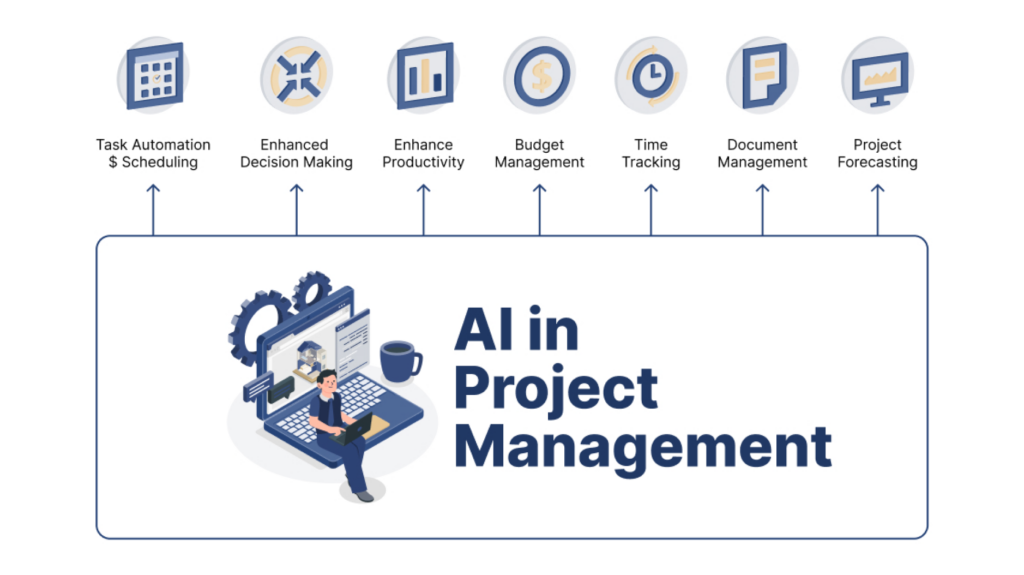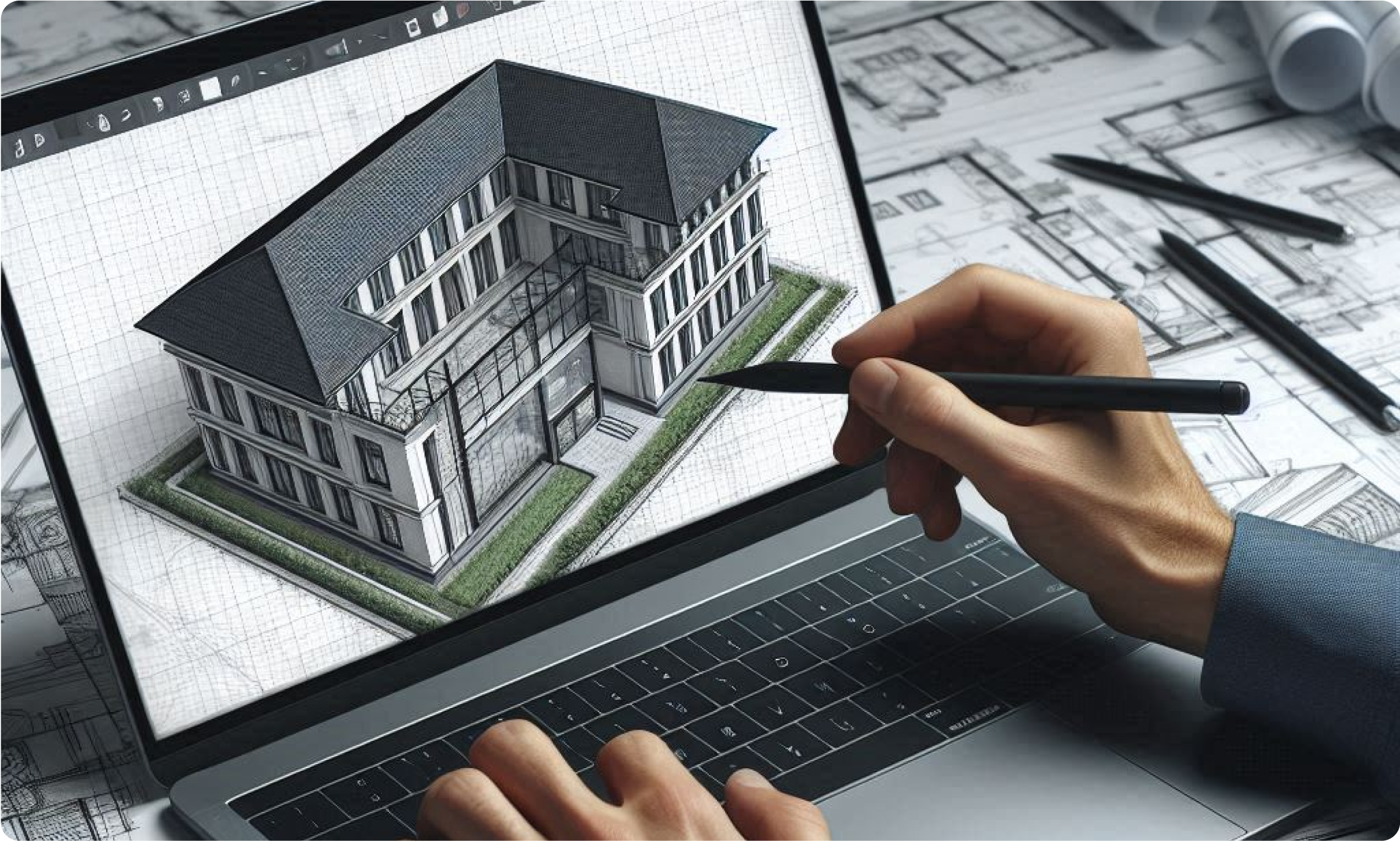Artificial Intelligence (AI) is transforming various industries, and architecture, engineering, and construction (AEC) are no exception. AI’s potential to enhance efficiency, reduce costs, and improve the quality of construction projects has made it a valuable tool for AEC professionals. From optimizing designs to predicting maintenance needs and automating project management, AI is revolutionizing how architects, engineers, and contractors approach their work. This essay explores the key AI applications in the AEC industry and the tangible benefits they bring.
AI in Design Optimization
One of the most prominent areas where AI has had a significant impact is design optimization. In architecture, the design phase is critical, often requiring multiple iterations to achieve the perfect balance between aesthetics, functionality, and cost. Traditionally, this process has been labor-intensive and time-consuming, but AI is changing that.
Generative design, an AI-driven technology, allows architects to input design goals—such as materials, spatial requirements, and budget—and have the AI generate multiple design options that meet those criteria. AI uses algorithms to analyze these options and provide the most efficient solutions in terms of structure, energy consumption, and cost.
An example of AI-driven design optimization can be seen in Autodesk’s generative design tool, used in the creation of the Autodesk Toronto office. The AI analyzed over 10,000 possible layouts based on input constraints like employee preferences, available space, and environmental considerations. This helped create a functional, aesthetically pleasing, and energy-efficient workspace. By leveraging AI in design, architects can explore a much wider range of possibilities, leading to more innovative and sustainable solutions.

Autodesk office in Toronto, designed with the help of artificial intelligence.
AI in Predictive Maintenance
AI also plays a pivotal role in the predictive maintenance of buildings and infrastructure. With the rise of smart buildings equipped with sensors and the Internet of Things (IoT), AI can analyze data in real-time to predict when a system, such as HVAC, electrical, or plumbing, is likely to fail. This proactive approach helps building managers address potential issues before they become major problems, saving time and money on emergency repairs.
For instance, IBM Watson’s AI system has been integrated into several smart building projects to monitor real-time data from sensors. The AI predicts when maintenance will be required based on the performance patterns of building systems. This reduces downtime and extends the life cycle of building components.
Another example is the use of AI in infrastructure, such as bridges and roads. Predictive maintenance systems can analyze the structural health of these assets using data from drones, sensors, and cameras. AI then identifies areas that need repair, optimizing maintenance schedules and reducing the risk of catastrophic failures. The Øresund Bridge between Sweden and Denmark uses such AI-powered systems to monitor its structural integrity, ensuring long-term durability and safety.

The Øresund Bridge between Sweden and Denmark uses AI-powered systems to monitor its structural integrity, ensuring long-term durability and safety.
AI in Project Management
Project management in the AEC industry is another area ripe for AI intervention. Construction projects are notoriously complex, with numerous stakeholders, tight deadlines, and ever-changing variables. AI enhances project management by automating various processes, from scheduling to resource allocation and improving decision-making through data analysis.
AI-powered tools like ALICE Technologies’ construction management platform use algorithms to simulate various construction scenarios, helping project managers make informed decisions on the best course of action. These tools allow managers to analyze constraints, risks, and the impact of potential changes in real-time. As a result, AI helps in optimizing project schedules, reducing costs, and mitigating risks.
AI also facilitates improved communication and collaboration among teams through natural language processing (NLP) technologies. AI-driven chatbots and virtual assistants can handle routine queries, track project progress, and send updates, freeing up human managers to focus on more complex tasks.
Moreover, AI helps in risk management by predicting project delays and cost overruns. By analyzing past project data and ongoing developments, AI can alert project managers about potential issues well in advance. For example, construction software like Procore integrates AI to monitor project timelines and budgets, ensuring that project managers stay on track.

AI-Driven Projects and Their Benefits
Several AI-driven projects demonstrate the tangible benefits AI brings to architecture and construction. The Elbphilharmonie concert hall in Hamburg, Germany, used AI to optimize the design of its acoustic panels. Each panel in the concert hall was unique, with over 10,000 variations designed using algorithms that analyzed sound reflections to optimize acoustics. This resulted in a state-of-the-art sound experience, showcasing AI’s ability to handle complex design tasks with precision.
As AI technology continues to evolve, its role in shaping the future of the AEC industry will only expand, leading to smarter, safer, and more sustainable buildings and infrastructure.

ETABS, also developed by CSI, is a structural analysis and design software specifically tailored for building systems.


